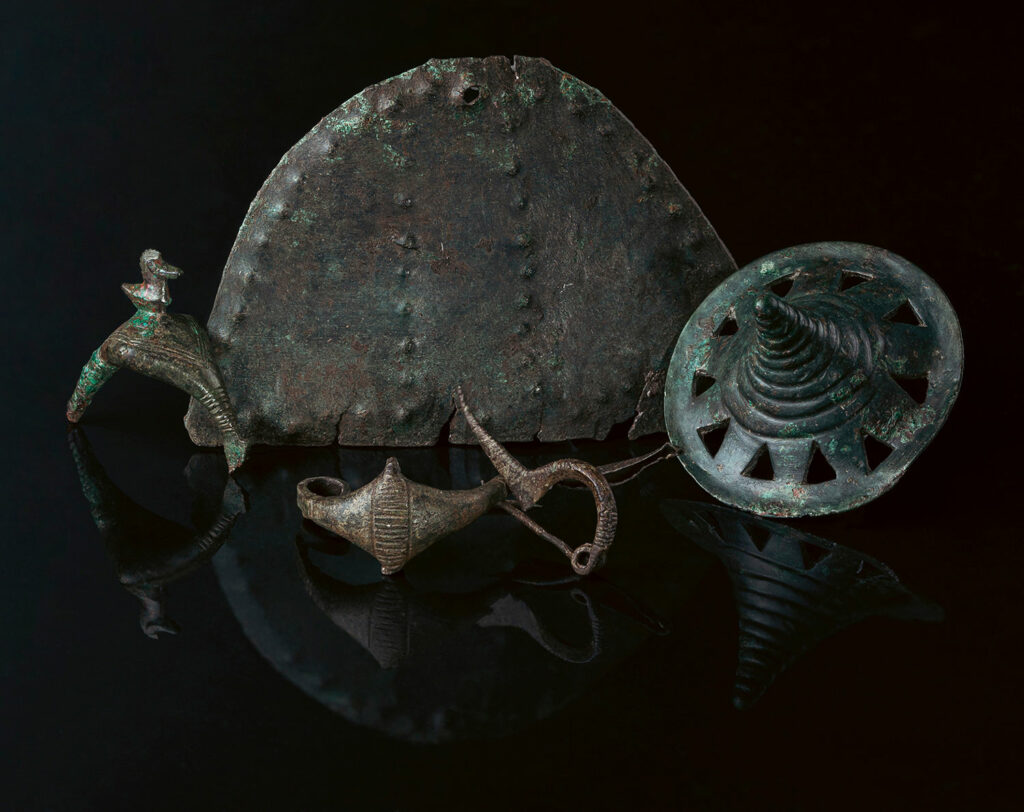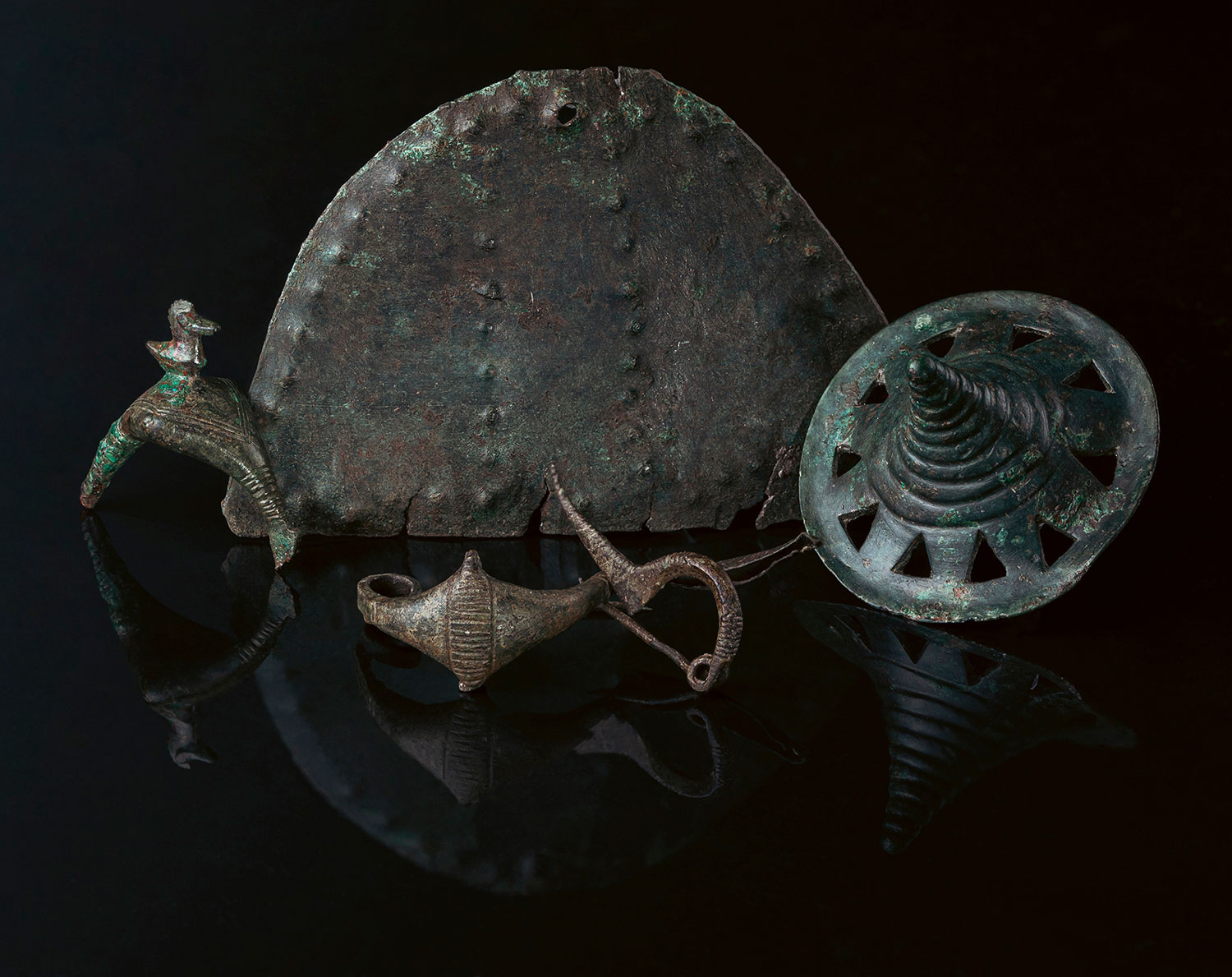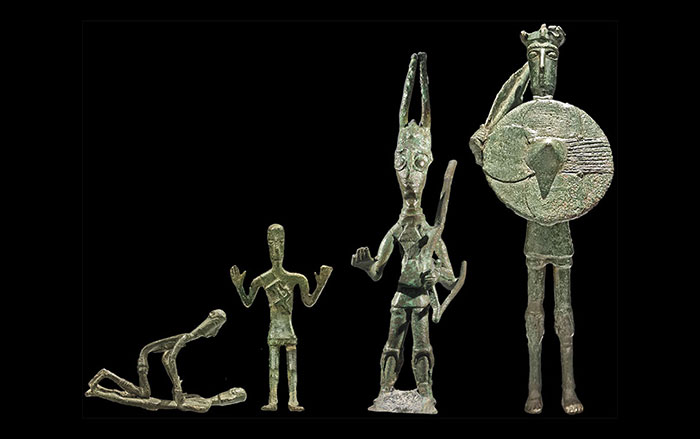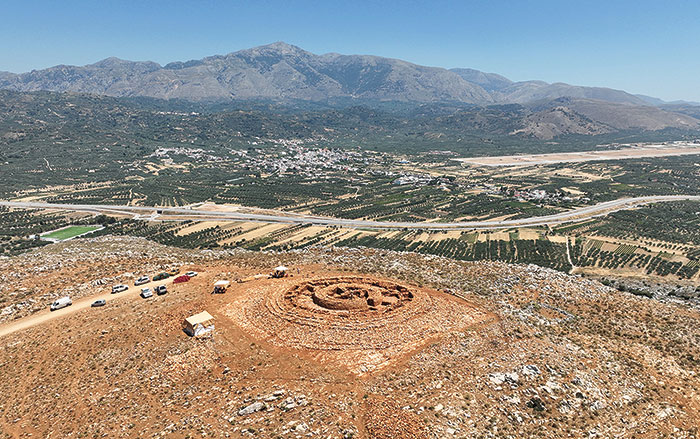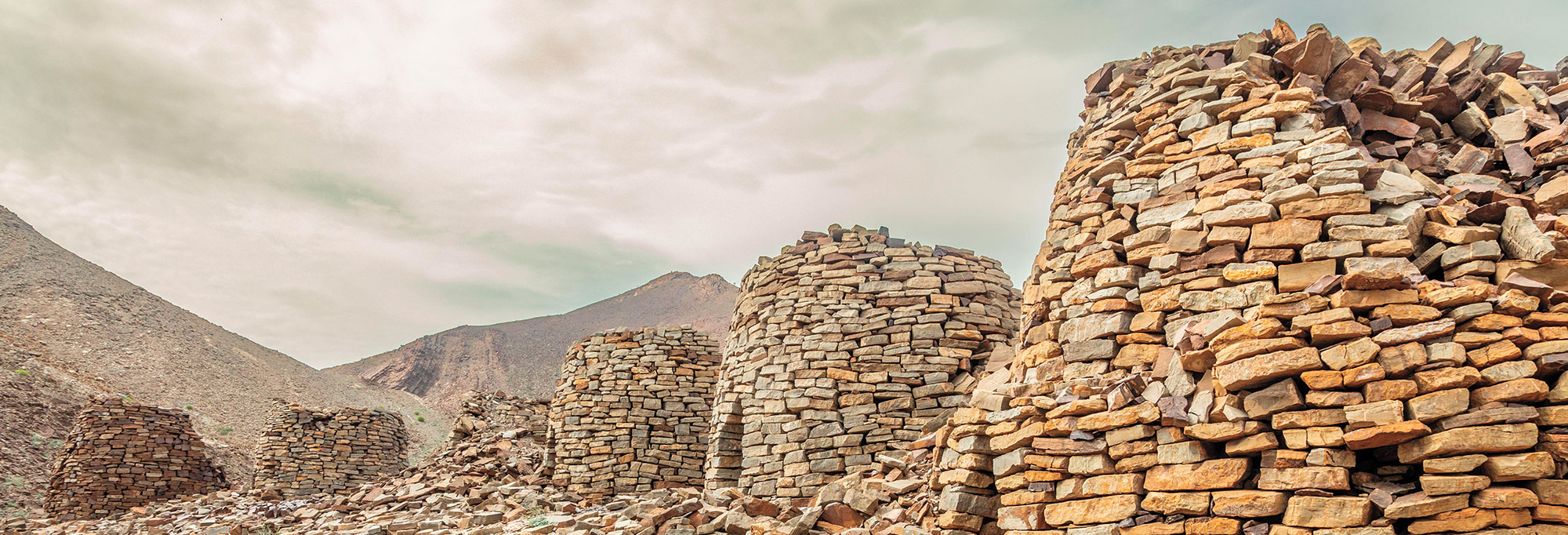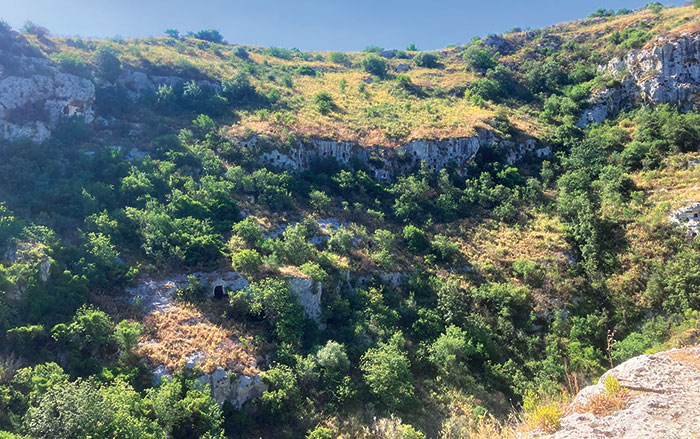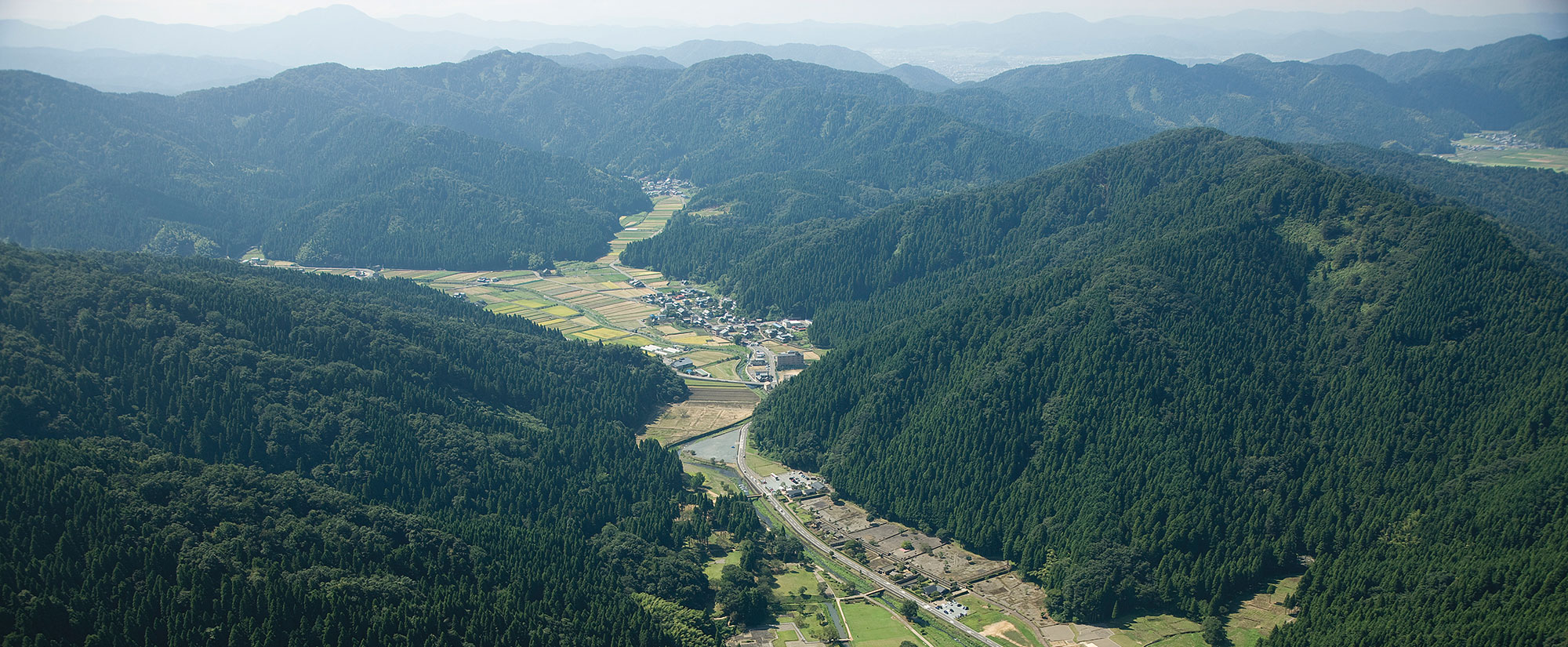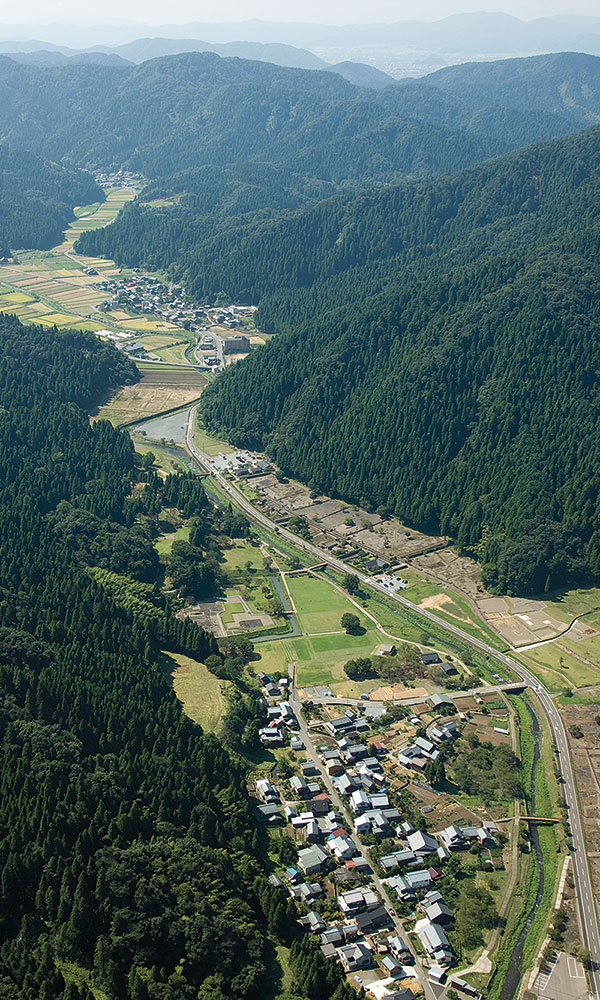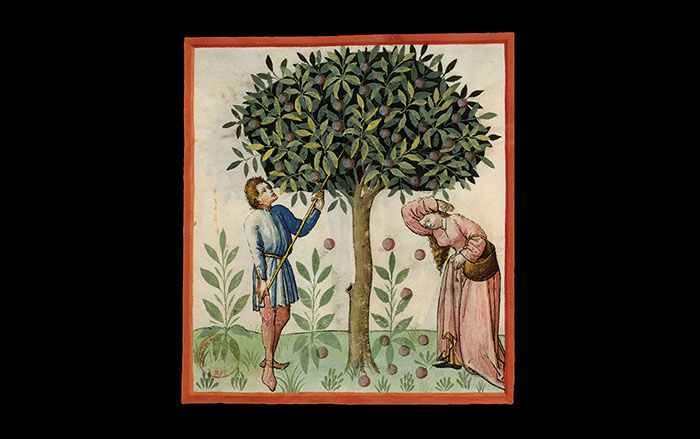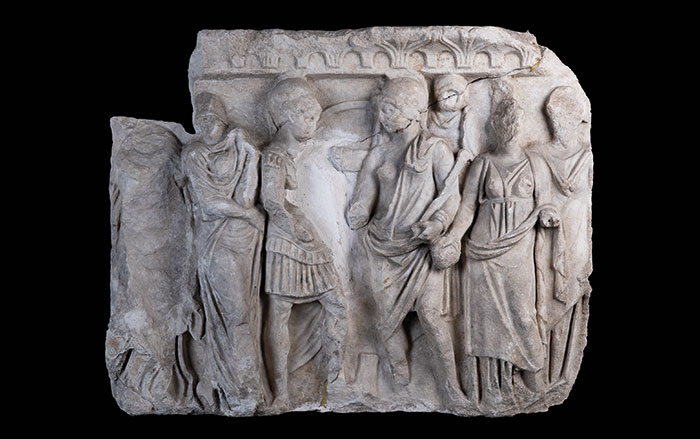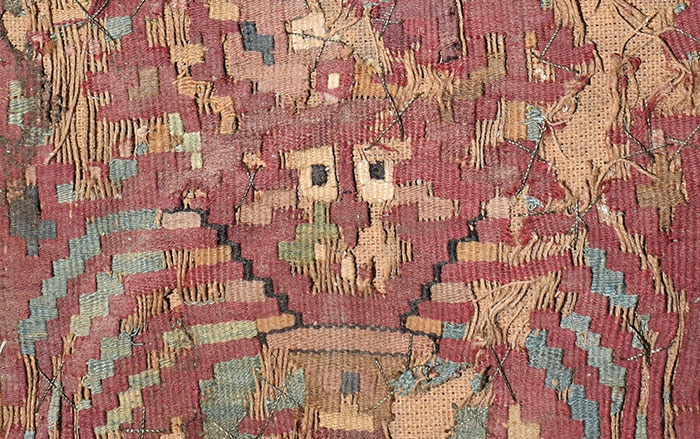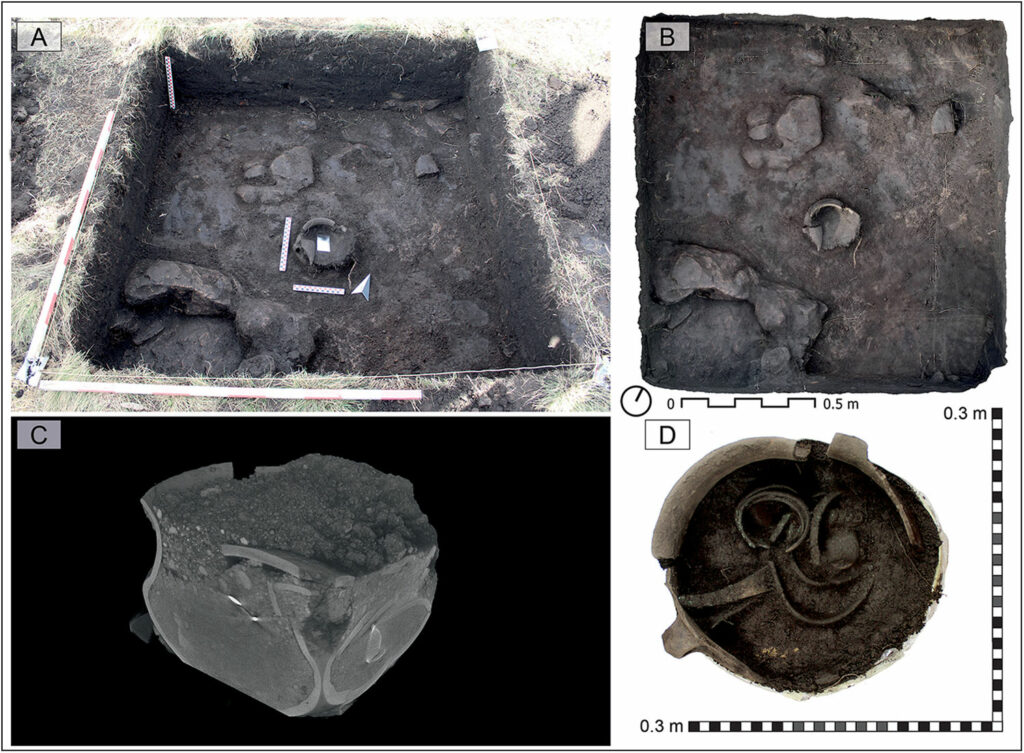
SOMLÓ HILL, HUNGARY—In an area more famous for its vineyards and wine production, Hungarian archaeologists recently made a groundbreaking discovery that has shed new light on the ancient inhabitants of western Hungary, Daily News Hungary reports. The Somló Hill has been recognized as an important archaeological site since local farmers began to unearth ancient artifacts in the 1800s, but it was recently the subject of an intensive project that involved field walking, metal detection, and lidar scanning. The archaeological team uncovered 900 metal objects buried in six different hoards atop the 1,400-foot-high hill. These included jewelry, tools, military decorations, and weapons. Although the majority of the Bronze Age artifacts date to around 1080 to 900 b.c., some are as much as 3,400 years old. Among the most important finds is “Hoard V,” the first known example in the region of metal objects stored inside a ceramic vessel that had been deliberately buried. The large quantities of bronze lumps, droplets, casting jets, and fragmented ingots indicate the presence of bronze workshops. Despite the new evidence, the precise identity of the people who lived at the site remains a mystery. Western Hungary lacks clear cultural or ethnic markers from the time, complicating efforts to assign the finds to a known group. However, the quality of the artifacts suggests that the hill served as a power center for a clan-based society led by elite warriors. Read the original scholarly article about this research in Antiquity. For more on Hungarian archaeology, go to "Letter from Hungary: The Search for the Sultan's Tomb."
